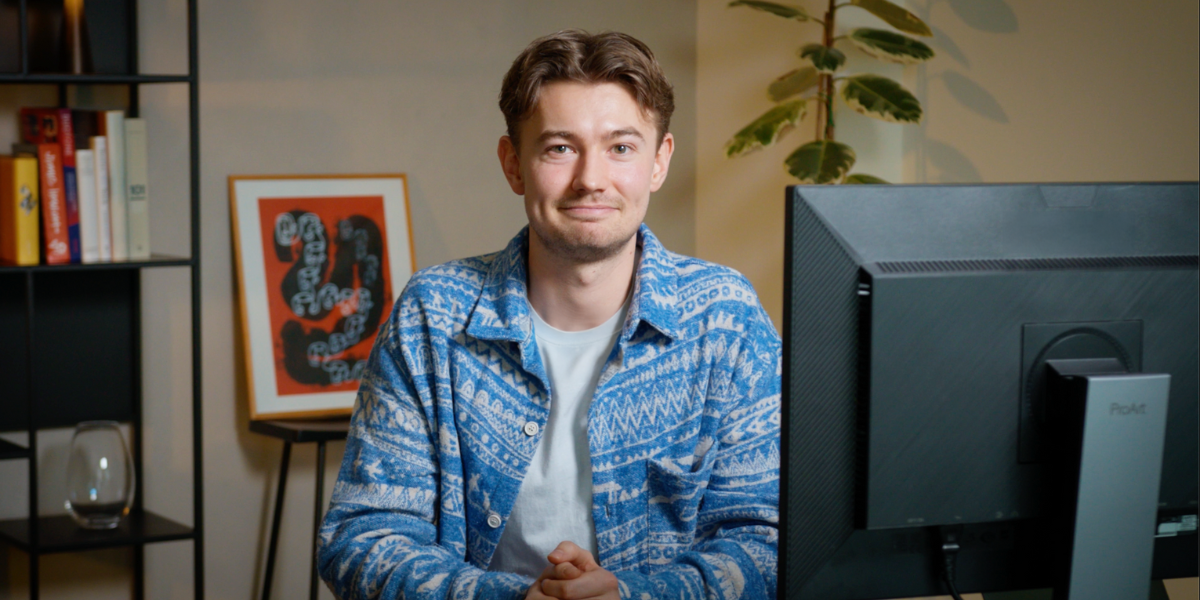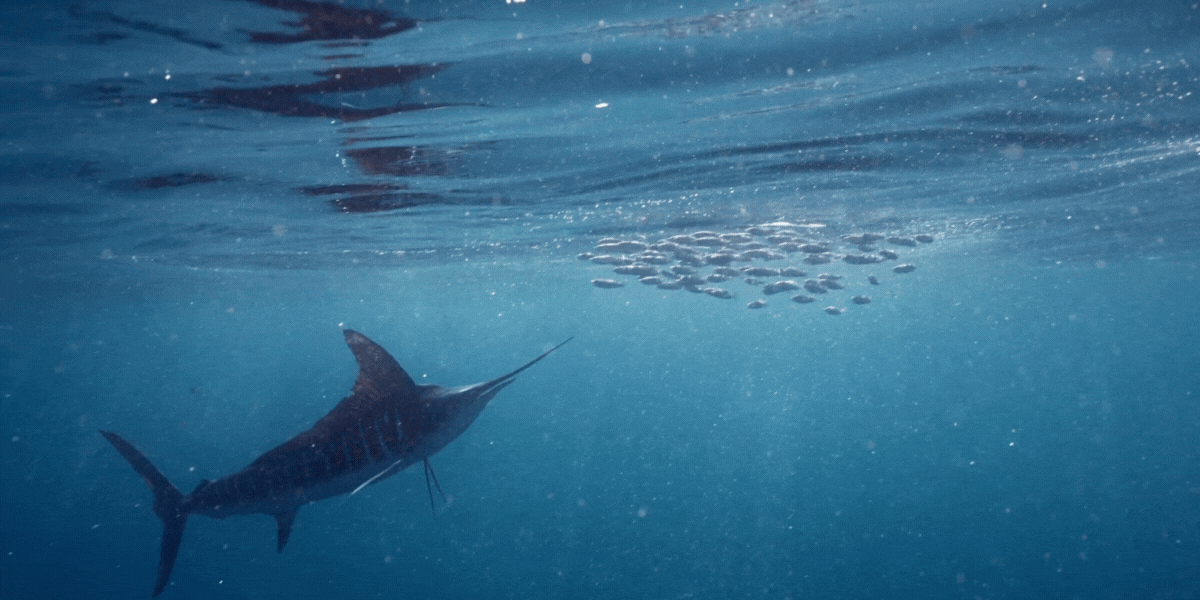Sin embargo, a medida que el haiku se integra al inglés (y a otros idiomas), se enfrenta a desafíos que amenazan con diluir su esencia y distorsionar su belleza. Por ello, profundizamos en la cuestión para responder a esta pregunta:
¿Está el idioma inglés destrozando inadvertidamente el haiku, robándole su autenticidad y profundidad?

El haiku tiene sus orígenes en el Japón del siglo XVII , cuando evolucionó a partir de la forma poética anterior conocida como hokku , que era la primera estrofa de una forma colaborativa de versos enlazados llamada renga. Fue Matsuo Bashō , uno de los poetas japoneses más famosos de todos los tiempos, quien elevó el hokku a una forma de arte independiente.
Los hokku de Bashō se caracterizaban por su simplicidad, brevedad y su enfoque en capturar un instante fugaz de la naturaleza. Uno de sus poemas más famosos es "El Estanque Viejo" (o "El Estanque Antiguo", según la traducción).

Fue el poeta y crítico literario japonés Masaoka Shiki quien utilizó por primera vez el término haiku en el siglo XIX para describir esta forma poética independiente originalmente popularizada por Bashō.
En esta época, el haiku adquirió gran popularidad, dando lugar a diversas escuelas de composición con diferentes estilos y filosofías. Fue entonces cuando los temas del haiku se expandieron más allá de la naturaleza para abarcar la vida cotidiana, las emociones y las experiencias humanas.
El haiku también se expandió a otras partes del mundo, influenciando a poetas como Ezra Pound, Jack Kerouac y el movimiento imaginista . Con el tiempo, el haiku se ha convertido en una forma de arte reconocida mundialmente, apreciada por su simplicidad, sus imágenes vívidas y su capacidad para evocar profundas emociones en pocas palabras.
La esencia del haiku reside en su estructura única, que a menudo se enseña a los angloparlantes como: tres versos, que suelen constar de 5, 7 y 5 sílabas, respectivamente. Pero hay un problema: esto no es lo que define un haiku.
De hecho, "sílabas" no es una interpretación fiel del componente lingüístico que guía la estructura del haiku en japonés . En otras palabras: los angloparlantes lo hemos estado haciendo todo mal.

Prácticamente todos los escolares de habla inglesa han sido introducidos al haiku, a menudo mientras aprenden sobre sílabas o poesía, y han luchado con la dificultad de crear un poema que siga el estricto patrón 5-7-5.
Pero ese patrón ha sido llamado, por algunos estudiosos, "un mito urbano".
Más precisamente, es una adaptación inadecuada de la estructura del haiku en japonés. Como dice el profesor Haruo Shirane en la introducción de La poética del verso japonés de Kōji Kawamoto , «el término sílaba es una forma inexacta de describir las unidades métricas reales de la poesía japonesa».
Esto se debe a que las sílabas, tal como las conocemos en inglés, no existen en japonés. ( De hecho, algunos académicos sostienen que tampoco existen en inglés. Pero ese es otro tema).
En japonés, la estructura del haiku se alinea armoniosamente con el ritmo y la cadencia de los "sonidos" o "ritmos" del idioma, lo que permite una fusión fluida de forma y contenido. Al traducirlo al inglés, esta armonía suele perderse, ya que las limitaciones del japonés original no se corresponden exactamente con los patrones silábicos ingleses. (En resumen: cada carácter japonés es similar a lo que consideraríamos un par consonante-vocal, lo que hace que las palabras sean mucho más densas. Por esta razón, los lectores japoneses a menudo se sorprenden de la extensión del haiku en inglés).
Quizás aún más problemático es que el contexto cultural que rodea al haiku a menudo se pasa por alto o se malinterpreta en el haiku inglés. El haiku se inspira tradicionalmente en la naturaleza y las estaciones, centrándose en la profunda conexión entre la experiencia humana y el mundo natural.
En cuarto grado, probablemente no aprendiste que el haiku japonés tradicional también suele incluir una "palabra de temporada" (conocida como kigo en japonés) y un kireji . Literalmente, "palabra cortante" o una palabra que completa una expresión rápidamente. (En inglés, por ejemplo, "¡Ah!" y el guion largo —.)
Quizás lo más importante de todo sea la imaginería. El haiku busca evocar un momento determinado en el tiempo y el espacio, así como una emoción específica mucho mayor que el breve pasaje de la página.
En el haiku en inglés, todos estos componentes más allá de las sílabas a menudo se utilizan superficialmente o están completamente ausentes.
¿Significa esto que el haiku en inglés es una mera imitación carente de la resonancia emotiva que define esta forma de arte?

A principios del siglo XX, Masaoka Shiki fue un gran defensor de la modernización del haiku. Recomendaba temas y un lenguaje modernos que no se encontraban en el haiku convencional, y algunas de sus obras lo reflejan, incluyendo el haiku escrito sobre béisbol cuando este deporte se extendió por primera vez a Japón.
“Shiki innovó el haiku y estableció esta forma poética como literatura moderna”, según la Oficina de Relaciones Públicas del Gobierno de Japón . Y, de hecho, no todos estuvieron de acuerdo con esta modernización de una forma de arte tradicional japonesa a lo largo de las décadas.
Una discusión sobre el haiku no estaría completa sin reconocer un punto doloroso en su historia : durante la Segunda Guerra Mundial, cuando el gobierno japonés usaba el arte para promover el nacionalismo y el apoyo al esfuerzo bélico, los poetas de haiku que usaban su poesía para expresar disenso enfrentaban censura e incluso arresto.
El gobierno utilizó su extensa red de vigilancia y propaganda para monitorear la producción artística y reprimir las voces disidentes, apuntando principalmente a los poetas del movimiento "Nuevo Haiku en Ascenso" ( shinkô haiku undô ), que intentaban escribir haikus no tradicionales que abordaran nuevos temas relacionados con la vida contemporánea, como la desigualdad social.
Tras la guerra, el haiku gendai (haiku moderno) se convirtió en un movimiento popular, inspirado en los ideales de los poetas del Nuevo Haiku Arriesgado, mientras que muchos aún practican el haiku clásico. Esta transición al mundo moderno es otro tema que requeriría un ensayo aparte, pero la cuestión es la siguiente:
Siempre ha existido una tensión entre el haiku tradicional y el moderno. Entonces, como forasteros, ¿cómo deberíamos abordar esta tensión?
En su ensayo "Más allá del momento del haiku", el profesor Haruo Shirane lo presenta así :
La adaptación del haiku al inglés ciertamente no es tan clara, y es importante reconocer que, si bien el idioma inglés sin duda ha adoptado el haiku con entusiasmo y admiración, sus intentos de traducir y adaptar esta venerable forma poética no siempre han tenido éxito.
Pero eso no significa que no debamos intentarlo.

En febrero de 1904, el escritor japonés Yone Noguchi publicó "Una propuesta a los poetas estadounidenses" en The Reader Magazine, en la que describía sus propios esfuerzos en el haiku inglés y terminaba con:
(También es famoso que le haya pedido a William Butler Yeats que probara suerte en el clásico teatro japonés Noh . De nuevo, este es un tema para otro día).
Sea o no una verdadera invitación, poetas de todo el mundo siguen explorando y apreciando la belleza del haiku en todos los idiomas. Al igual que nosotros, es fundamental abordar esta antigua forma de arte con humildad y respeto por su rica historia.
Sólo entonces podremos apreciar verdaderamente la belleza atemporal del haiku.




























